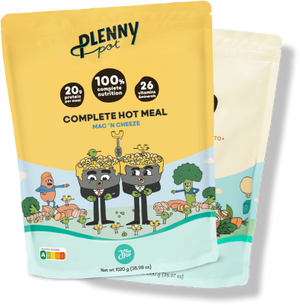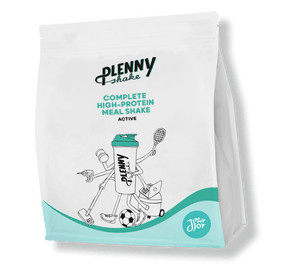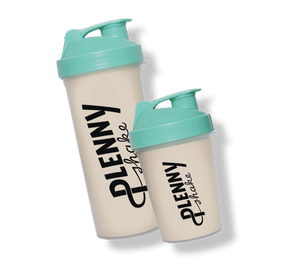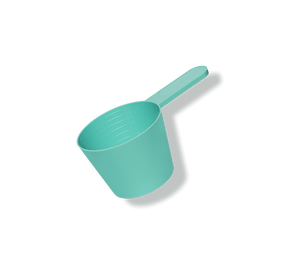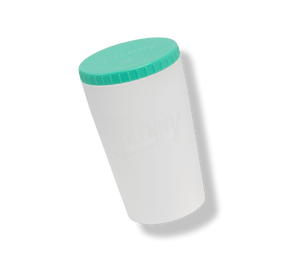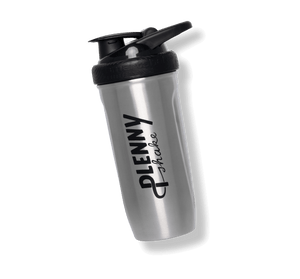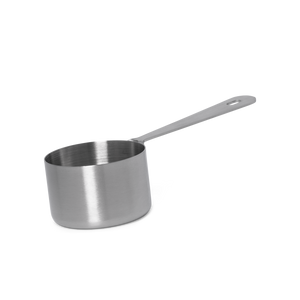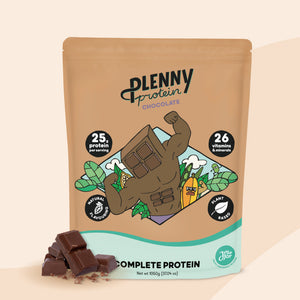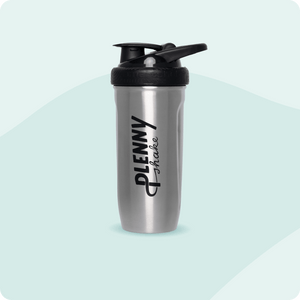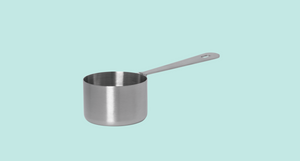Updated on 21/03/2023

In this article we will tell you more about:
- The importance of protein.
- The amount that is necessary for overall good health.
- Good protein sources.
- What happens if you overdo protein.
- How you could maybe benefit from more protein.
1. The importance of protein
Protein is a macronutrient, together with fat and carbohydrates. This means that you need relatively large amounts of it in your diet for growth, energy and health. Protein is different from the other macronutrients because the body does not store protein, and therefore has no reservoir to draw on when it needs a new supply. However, this doesn’t mean that the solution is to eat protein all day long, because once the protein needs are met, any extra is used for energy or stored as fat [2].
Generally, protein can be found in every cell of our body and is needed to put meat on our bones, build and repair tissues and to make hair, blood, antibodies, enzymes, and more. Also, your nails - which come in handy when peeling off those annoying stickers on apples - are mostly made out of protein [3]. If you want to know more about protein, read our article: introduction to macronutrients.
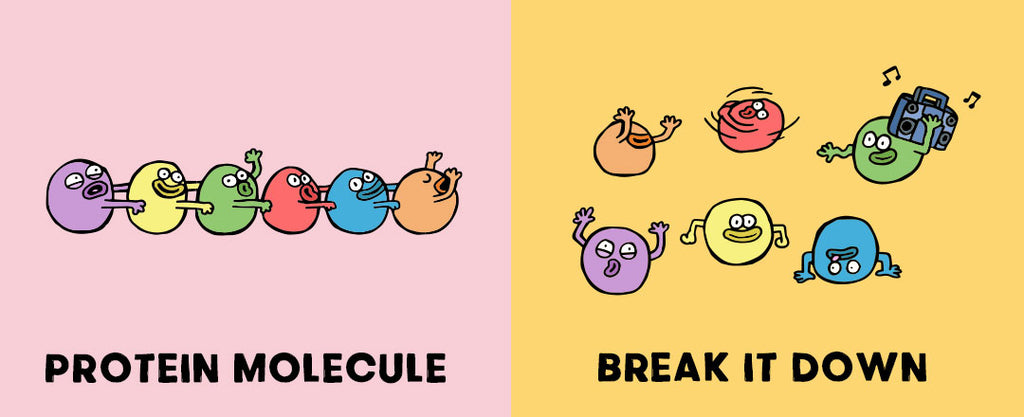
2. So, the more protein the better?!
How much do I need?
The European Food Safety Authority (EFSA) states that the population reference intake for protein is 0.83 grams of protein per kilogram of body weight per day. This is the amount of a nutrient you need to meet your basic nutritional requirements.
Meaning, it’s the minimum amount you need to not get sick — not the specific amount you are supposed to eat every day [4].
To discover your daily protein intake, you could use this online protein calculator. According to a 2019 study that compared the satiating effect of two protein diets on resistance-trained individuals during short-term energy deficit 1.8 g/kg/d is a good target protein intake for many people for maximum satiety [5,6].

Nowadays, most public health organisations have shifted their focus from concentrating on specific amounts of daily protein, fats and carbohydrates to the importance of eating healthier protein-rich foods. What’s key to mention is that “more protein” also doesn’t necessarily mean “eat more meat, fish or dairy products” [1]. These products do provide high-quality protein, but plants do too! Think about soy, whole grains, legumes and vegetables. The added advantage of these plants is that they are less resource-intensive, a.k.a a more sustainable protein alternative. For example, did you know that 91% of deforestation is caused by livestock?! Not ok [7]. So before you start to step up your protein intake game with meat, consider these humble beans instead!
Also, before ramping up on just any protein, it’s important to keep the so-called protein “package” in mind: the fats, carbohydrates, vitamins, minerals, and other nutrients that always come along with protein. It’s important to aim for protein sources that are rich in many nutrients but low in saturated fat [1].
What happens if you eat too much protein?
It is possible to eat too much protein, but what exact harm it can cause remains unclear and likely varies between people.
There’s been a 2016 study that investigated the effect of a high protein diet over a one-year period in healthy, strength-training men. This study showed that eating around 1.4 grams per pound of body weight (3 grams per kg) every day for a year didn’t have any adverse health effects [8].

However, some researchers do suggest that too much protein can be harmful, especially to people suffering from kidney diseases. There have been some indications that extra protein makes the kidneys work harder, as a consequence, it may increase the risk of kidney stones [8,11].
According to a scientific review published in 2013, when extra protein is not used efficiently by the body it may impose a metabolic burden on the bones, kidneys and liver. Therefore it could also cause nausea, cramps, headaches, fatigue and bloating in healthy people [12]. Yet, further investigation with large randomized controlled studies is needed to draw definite conclusions.
3. Can I benefit from more protein?
Ask yourself are: Am I an athlete? Am I recovering from an injury or surgery? Or am I 60 years or older? Are the answers to all these questions ‘no’? Well then you probably don’t need extra protein. Did you answer ‘yes’ to some of the questions? Continue reading!
Athletes
If you are, for example, in an anabolic state or building muscle, such as if you're an endurance athlete who’s training for a marathon 6 days a week, some extra protein can give you that little bit extra to repair and rebuild muscles. Athletes use protein primarily to repair and rebuild muscle that is broken down during exercise. Protein also helps optimise carbohydrate storage in the form of glycogen. It can give athletes the edge they need to for faster recovery [13].
The Academy of Nutrition and Dietetics, Dietitians of Canada, and the American College of Sports Medicine made a joint position statement on protein requirements for athletes. Overall, they recommend athletes to consume 1.2 to 2.0 grams of protein per kilogram of weight per day. This total protein requirement is best achieved by consuming 0.3 grams per kg of weight after key exercise sessions and every 3 to 5 hours over multiple meals [14, 15].
Similarly, The International Society of Sports Nutrition (ISSN) recommends exercising individuals to consume a minimum of 1.4 to 2.0 grams of protein per kilogram per day [16].
If you're moderately exercising for 150 minutes a week, as the Centers for Disease Control and Prevention recommends - or just don’t exercise (we won’t judge, out loud, anyway) - you're probably not an athlete [14].
Older people and individuals recovering from an injury
According to Kathryn Starr, an expert on aging at Duke University School of Medicine, muscles begin to seriously deteriorate around the age of 60. As we get older the body's ability to break down protein is also lowered, that’s why protein needs of older people actually increase [10,18].
The European Society for Parenteral and Enteral Nutrition (ESPEN) recommends 1 gram per kilogram of weight per day for elderly people, but it must be accompanied by extra physical activity for this intake to be beneficial [19].
During a surgical procedure or in case of an injury your muscles are potentially damaged or manipulated. These muscles need to get repaired by the body again. In this case your body may benefit from some extra protein, because the amino acids in protein repair muscle damage by regenerating tissue and speeding up wound healing [20].
4. What are good protein sources?
The following foods are good plant-based protein sources [21].
Food product |
Protein amount per 100g |
|
Black beans, boiled |
9g |
|
Lentils, boiled |
9g |
|
Seitan |
38g |
|
Flaxseeds |
18g |
|
Almonds |
21g |
|
Soybeans, cooked |
13g |
|
Hemp seeds |
32g |
|
Tempeh |
19g |
5. Protein and Jimmy joy
Jimmy Joy’s got you covered. All Plenny Meals contain at least 20 grams of protein, enough of all nine of the essential amino acids your body needs, making sure your body is supplied with the recommended daily intake set by the World Health Organization (WHO), the European Food Safety Authority (EFSA).
Plenny Shake Active has 35 grams of plant-based protein per 400 kcal meal!
Plenny Meals contain different protein sources: soy, pea, flaxseed, and oats. Soy on its own would already provide more than enough protein, but we also added some other cool ingredients to increase the diversity of our nutrient profile.
Lastly..
So if you think you maybe need more protein, consider the questions we mentioned earlier.
For most people, there’s no reason to worry. With a varied diet, your protein intake will likely be in a safe and healthy range [22].
Sources:
- Harvard Health Publishing Staff (2022). How much protein do you really need? From: https://www.health.harvard.edu/blog/how-much-protein-do-you-need-every-day-201506188096
- K. Wempen (2022). Are you getting too much protein? From: https://www.mayoclinichealthsystem.org/hometown-health/speaking-of-health/are-you-getting-too-much-protein
- M. Lonnie et al. (2018). Protein for Life: Review of Optimal Protein Intake, Sustainable Dietary Sources and the Effect on Appetite in Ageing Adults. From: https://www.ncbi.nlm.nih.gov/pmc/articles/PMC5872778/
- EFSA (2012). Scientific Opinion on Dietary Reference Values for protein. From: https://efsa.onlinelibrary.wiley.com/doi/abs/10.2903/j.efsa.2012.2557
- J. Roberts et al. (2019). Satiating Effect of High Protein Diets on Resistance-Trained Individuals in Energy Deficit. From: https://www.mdpi.com/2072-6643/11/1/56/htm
- M. Helselmans (2019). How much protein do you need for maximum satiety? [Study review] From: https://mennohenselmans.com/protein-satiety-study/
- S. Margulis. (2003). Causes of Deforestation of the Brazilian Amazon. From: https://openknowledge.worldbank.org/bitstream/handle/10986/15060/277150PAPER0wbwp0no1022.pdf?sequence=1
- J. Antonio et al. (2016). A High Protein Diet Has No Harmful Effects: A One-Year Crossover Study in Resistance-Trained Males. From: https://pubmed.ncbi.nlm.nih.gov/27807480/
- C. Peacock et al. (2014) The effects of consuming a high protein diet (4.4 g/kg/d) on body composition in resistance-trained individuals. From: https://pubmed.ncbi.nlm.nih.gov/24834017/
- P. Neighmond (2018). How Much Protein Do You Really Need? From: https://www.npr.org/sections/thesalt/2018/12/03/669808699/how-much-protein-do-you-really-need?t=1593420997897&t=1595233339580
- A. Levey et al. (1996). Effects of dietary protein restriction on the progression of advanced renal disease in the Modification of Diet in Renal Disease Study. From: https://pubmed.ncbi.nlm.nih.gov/8629624/
- I. Delimaris (2013). Adverse Effects Associated with Protein Intake above the Recommended Dietary Allowance for Adults. From: https://www.ncbi.nlm.nih.gov/pmc/articles/PMC4045293/
- S. Philips and L. Van Loon (2011). Dietary protein for athletes: from requirements to optimum adaptation. From: https://pubmed.ncbi.nlm.nih.gov/22150425/
- Dietitians of Canada (2016). Nutrition and Athletic Performance. From: https://www.dietitians.ca/DietitiansOfCanada/media/Documents/Resources/noap-position-paper.pdf?ext=.pdf
- ACSM (2018). Nutrition for Exercise Science. From: https://www.acsm.org/docs/default-source/publications-files/acsm-nutrition-download-chapter-3-excerpt.pdf?sfvrsn=deb0b173_0
- R. Jäger et al. (2017). International Society of Sports Nutrition Position Stand: protein and exercise. From: https://jissn.biomedcentral.com/articles/10.1186/s12970-017-0177-8
[17] Centers for Disease Control and Prevention (2023). How much physical activity do older adults need? From: https://www.cdc.gov/physicalactivity/basics/older_adults/index.htm
- J. Baum et al. (2016). Protein Consumption and the Elderly: What Is the Optimal Level of Intake? From: https://pubmed.ncbi.nlm.nih.gov/27338461/
- P. Singer et al. (2019). ESPEN guideline on clinical nutrition in the intensive care unit. From: https://www.sciencedirect.com/science/article/abs/pii/S0261561418324324
- K. Tipton (2015). Nutritional Support for Exercise-Induced Injuries. From: https://www.ncbi.nlm.nih.gov/pmc/articles/PMC4672013/
- A. Denmon and L. James. (2021). Plant-Based Diet. From: https://extension.psu.edu/plant-based-diet
- R. Wolfe et al. (2017). Optimizing Protein Intake in Adults: Interpretation and Application of the Recommended Dietary Allowance Compared with the Acceptable Macronutrient Distribution Range. From: https://academic.oup.com/advances/article/8/2/266/4558082

 Everything You Need In One Meal
Everything You Need In One Meal
 Stay Full For 3-5 Hours
Stay Full For 3-5 Hours





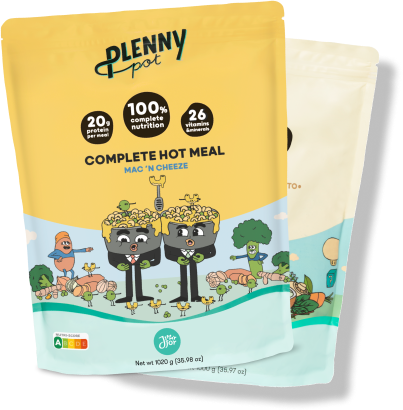


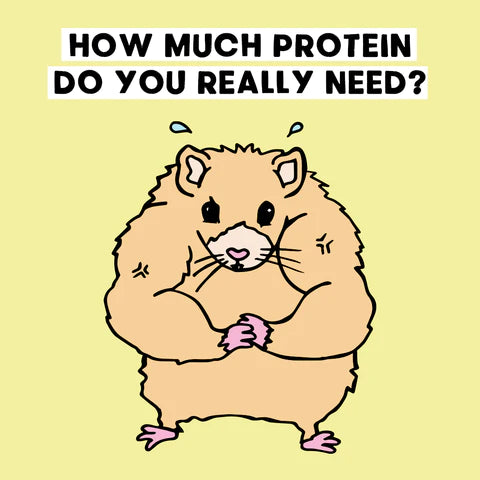











 Product added to cart
Product added to cart



